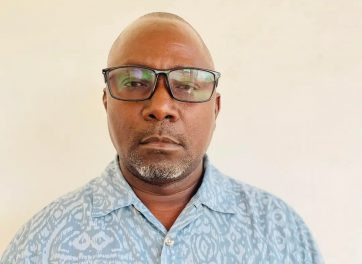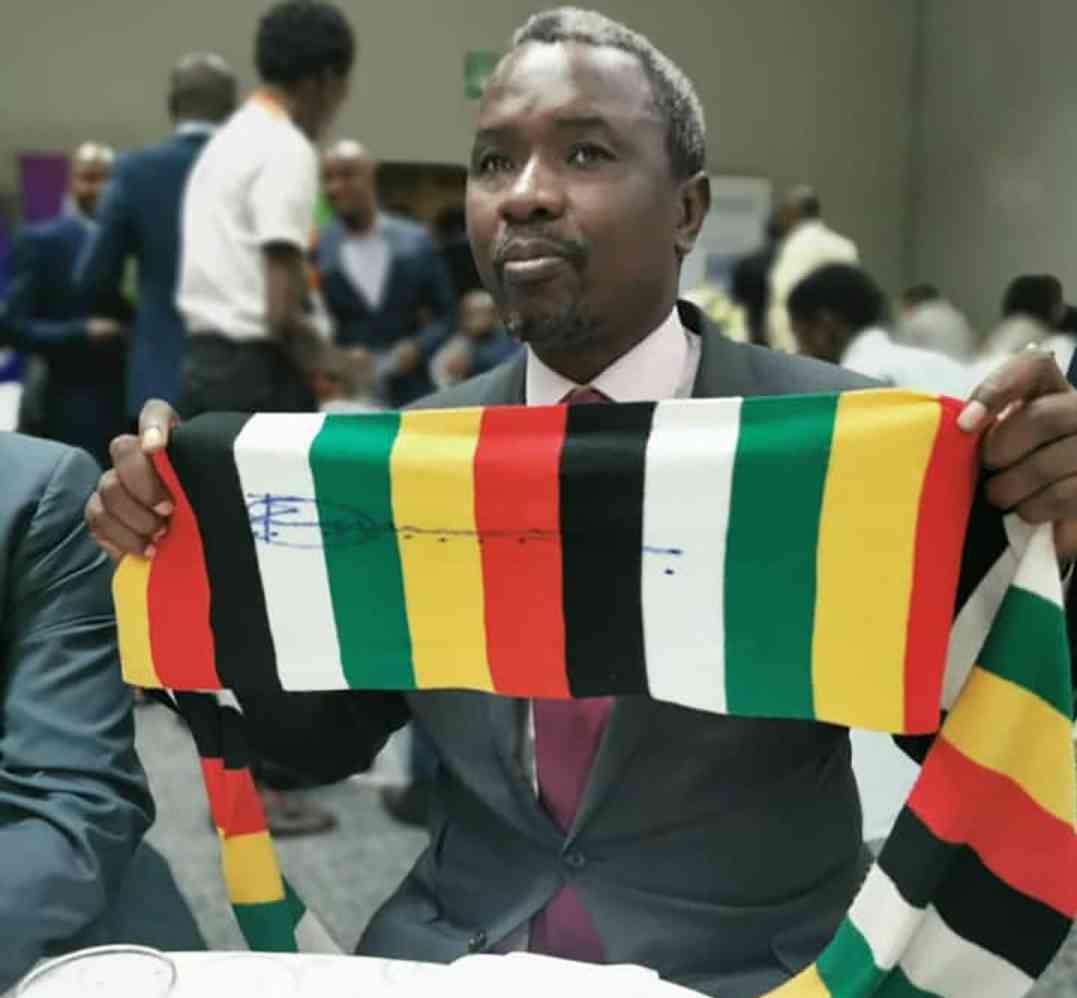
ZIMBABWE has received approximately US$32 million in drought relief aid which, however, may not be enough to cover at least 70% of the country’s 60 districts estimated to be cereal insecure by the end of this month.
The country yesterday received US$31,8 million from the African Risk Capacity (ARC) 2023/24 Drought Insurance Payout, with the government getting US$16,8 million. This was complemented by payments to Zimbabwe’s ARC replica partners, the World Food Programme (WFP) and Start Network of US$6,1 million and US$8,9 million, respectively.
The drought relief funds are, however, expected to cover 27 districts across the country.
The government has indicated that 42 out of 60 rural districts have just three months of cereal self-sufficiency for the 2024/25 consumption year (April 2024-March 2025).
Zimbabwe is facing an acute food shortage following an El-Niño-induced drought, which will see more than half of the country’s population requiring food aid.
Government has since revised its food relief funding appeal from US$2 billion to US$3 billion, which has painted a gloomy picture despite its claims that no one will die of hunger.
President Emmerson Mnangagwa in April declared the drought a state of national disaster in a bid to marshal resources from aid agencies and development partners.
In May, Agriculture minister Anxious Masuka during post-Cabinet media briefing said the 2023/24 Summer Crop Marketing, Food Security Outlook to March 2025 indicated that close to eight million people would need food aid.
- Govt to distribute grain as hunger stalks millions
- Zim’s urbanites facing high prices
- 3,8m villagers face hunger
- Food crisis looms in Sadc
Keep Reading
This represented more than half of the population.
A 2022 census by the Zimbabwe National Statistical Agency showed that Zimbabwe’s population was 15 178 979.
Already, 4 270 children (2 321 girls and 1 949 boys) have been treated for wasting between January and April this year, according to Unicef.
Wasting is when a person or a part of their body becomes progressively weaker and more emaciated.
In its Food Security Outlook report released this week, the Famine Early Warning Systems Network (FewsNet), an initiative sponsored by the United States Agency for International Aid, said most households in Zimbabwe had very little to no own-produced food stocks following a poor harvest.
“Many households are expected to have exhausted their own-produced cereal stocks by July, marking an early start to the 2024/25 lean season.
“Water availability is expected to be well below normal. Households are expected to rely mainly on boreholes for water for domestic, livestock and other livelihood uses,” FewsNet said.
The report also indicated that the households are reliant on market purchases or humanitarian assistance for food.
“Additionally, very few households have cereal stocks from the 2023 harvest, as this was either consumed or sold during the previous year.
“Other food crops are also largely unavailable, with the Ministry of Agriculture reporting that groundnut, round nut, sugar bean, sweet potato and cowpea production was around 70 to 80% lower than last year.
“Cash crop production was similarly affected by the El Niño, with the tobacco harvest declining to around 235 000 metric tonnes (MT) compared to around 295 000 MT in 2023,” the report added.
The report also indicated that almost all typical deficit-producing areas in the south, west and extreme north of the country are expected to experience area-level crisis outcomes driven by the poor to failed 2023/24 harvests.
“The national annual cereal deficit for the 2024/25 marketing year is expected to be higher than the five-year average. Government and the private sector are expected to import grain to meet national food needs,” FewsNet said.
“National cereal grain prices will likely be higher than last year and the five-year average throughout the outlook period; very marginal to no seasonal price declines are expected this year.
An earlier-than-normal resurgence of price increases is expected in the post-harvest period due to increased market demand and low supplies.”
Meanwhile, speaking during the payout ceremony in Harare yesterday, Finance, Economic Development and Investment Promotion minister Mthuli Ncube said Zimbabwe became a member of the ARC agency in 2012.
The agency offers innovative disaster risk financing solutions and assists member States to develop contingent measures for natural disasters, thus enabling countries to strengthen their disaster risk management systems and to access rapid and predictable financing in the event of a disaster, thereby, ensuring food security and livelihoods of vulnerable populations.
“This motivated our participation in the ARC drought insurance risk pool for the 2019/20 agricultural season, where we paid a premium of US$1 million towards the ARC drought insurance cover.
“Incidentally, the drought experienced during the 2019/20 agricultural season triggered a payout amount of US$1,4 million which was extended to government, while the World Food Programme replica policy received US$290 000,” he said.
Ncube said more than 180 000 households in the highly vulnerable districts benefited from the payout.
He said the government had also been acquiring sovereign policies, complemented by replica policies from the World Food Programme and Start Network.
“At this juncture, I am pleased to announce that the United Nations High Commission for Refugees has expressed interest to become an ARC replica partner for Zimbabwe, bringing the number of replica partners to three, the highest in Africa.
“Indeed, this is a welcome development, as it will increase the number of households covered under the drought sovereign policy. I am hopeful that other partners will come on board in support of our drought insurance through direct purchase or the replica approach,” he said.
ARC group representative Anthony Maruping, however, acknowledged that the payout may not fully resolve the situation, although it will significantly alleviate the suffering of vulnerable populations.
“It serves as a reminder to continue collaborating and investing in the ARC mechanism by mobilising more resources for capacity building, premium financing and increasing the uptake of the replica initiative,” he said.
African Development Bank (AfDB) country director for Zimbabwe, Moono Mupotola commended government’s contribution to ARC.
“And this will be a major step going forward, because we have identified the best way to minimise the impact on the budget,” she said, adding that AfDB had mobilised more than US$150 million for ex-ante climate risk financing.
WRP country director Francesca Erdelmann said the United Nations agency would step up its traditional response to the country’s season assistance supporting vulnerable communities in Zimbabwe.
“In our fight against hunger, climate risk financing is essential. We aim to see instruments like ARC well integrated into government-led disaster risk management processes and social protection programmes,” she said.











